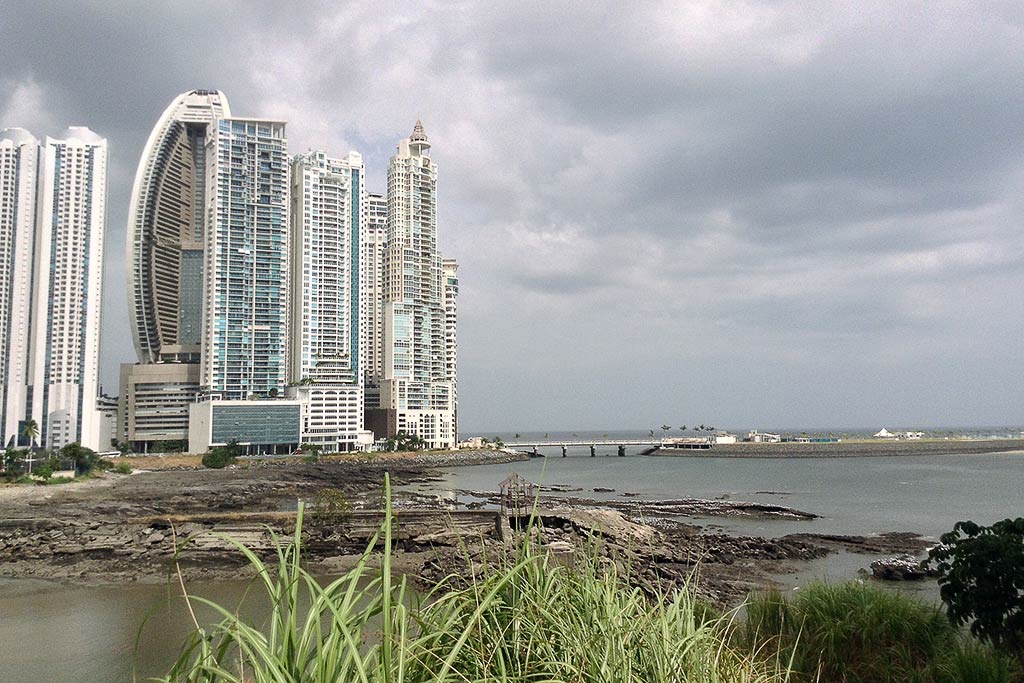Skift Take
Building lots of luxury properties can get people excited, even if the number of entrants don't make sense when viewed in aggregate.
Many experts predicted that Latin America would be a popular destination for travelers this year as the World Cup rolled in to Brazil and cast a spotlight on the region, but figures released at TravelMart Latin America last week by hotel market research company STR Global show that what was a kick in the goal for Brazil was something of a shutout for some of its neighbors.
Hotel occupancy in Central America and South America through July was down 1.6 percent over the previous year.
While Rio de Janeiro had both the region’s highest occupancy (about 75 percent) and highest average daily rate (about $275) thanks to the global sporting event, a dearth of Brazilian travelers to the Peruvian highlands and Chilean ski resorts in June and July saw occupancy dive in Lima and Santiago. Occupancy was also down in Quito, Bogota, San Jose and Panama City, though the average daily rates grew in most cities to compensate.
The World Cup’s negative effect was clear on some regional cities, but the reason there were less people in hotels in Latin America likely had more to do with the simple economics of supply and demand.
Latin America was the only region in the world (outside of Ebola-plagued Africa) where the supply of new hotel rooms outpaced demand in the first half of 2014. Thus, occupancy was down 1.9 percent in the luxury category, 3.5 percent in upper upscale and 2.7 percent in upscale, according to the figures from STR Global, which looked at roughly 34,000 hotels and 4 million hotel rooms across the Americas.
Meanwhile, occupancy rose 3.3 percent in upper midscale (the lowest category STR Global assesses) as more people in the region entered the middle class and began traveling.
Revenue per available room was down 3 percent last year as a result of a similar imbalance. However, hoteliers were able to push rates in 2014 to keep revenue per available room up by 8 percent in the Caribbean, 0.8 percent in Central America and 4.8 percent in South America across the first seven months of the year.
Yet, how long hoteliers can keep revenue up remains to be seen.
Central America and South America have 429 hotels totaling 70,560 rooms in the pipeline, according to STR Global’s August count, while Mexico and the Caribbean have 164 hotels totaling 27,621 rooms. With 40 percent of forthcoming hotels targeted at upscale and luxury consumers, some industry experts are beginning to question whether global chains have been prioritizing glamour products at the expense of hotels aimed at an emerging middle class with a thirst for regional travel.
A panel of industry experts weighed in on the issue at TravelMart Latin America last week, noting that the widening gap between supply and demand for hotels was as much a part of the region’s disparate country-by-country efforts as it was simple growing pains.
Byron Shirto, chairman of the Latin American Travel Association, wondered if the region was as competitive a market as it could be. “It’s not that it’s overpriced, but it’s more expensive than other destinations around the world,” he said.
According to STR Global, the average daily rate for a hotel in Latin America in the first half of 2014 was $148, higher than North America, most of Europe and all of Asia.
“We can do all the great marketing we want, but if there is a disconnect between the product and the price, travelers will go elsewhere where they can get more for their money.”
The Daily Newsletter
Our daily coverage of the global travel industry. Written by editors and analysts from across Skift’s brands.
Have a confidential tip for Skift? Get in touch
Tags: bogota, brazil, colombia, panama city
Photo credit: Panama City skyline, including a new Trump property. Maria Mertens / Flickr
